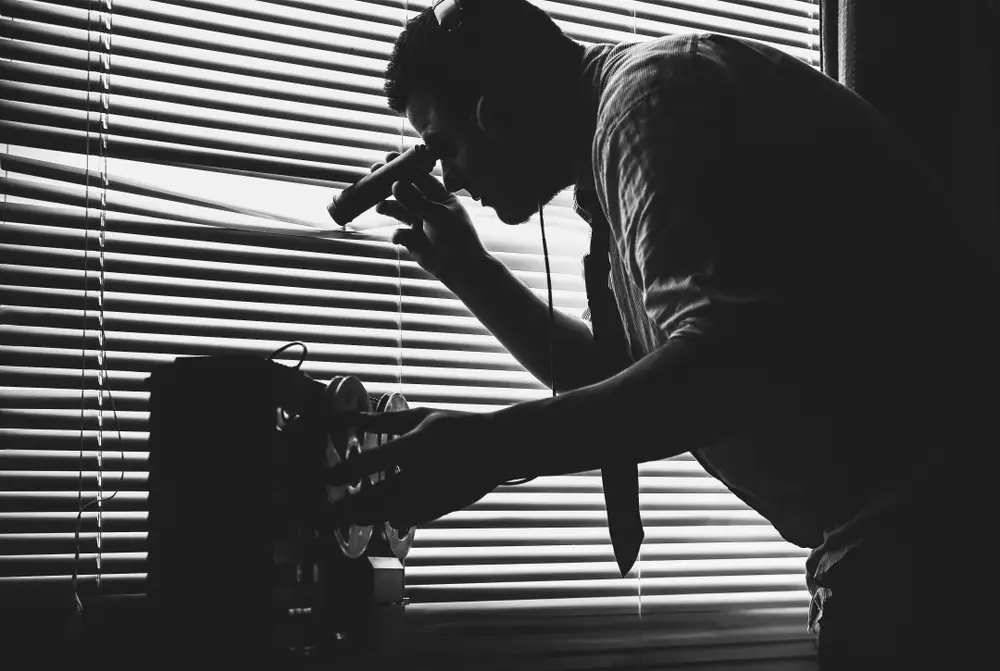Designers Tim Burrell-Saward and Charlie Bruce have come up with a 3D printed code-cracking device that they’re planning to launch later this year.
Featuring a retro horn-like audio amplifying cone, display, and little rubber feet, this ‘Cipherling’ bot connects to Wi-Fi and taps into suspicious radio signals. Inspired by the codebreakers used during the Second World War, the device effectively decodes binary, morse, voices, and even music – whatever form of coded transmission it can find on a given frequency.
“Cipherling connects to your Wi-Fi and listens for numbers station broadcasts (or rather, our remote receiver does),” explain the device’s creators on their Kickstarter. “When a transmission is found, Cipherling will gently alert you through a green flashing LED and an audio ping.”
“Press the button and you’ll be patched straight into the live feed (which usually starts with a period of static before the transmission begins),” they add. “The LCD screen will give you whatever information we can find about the broadcast (perhaps its location of origin or codename…or perhaps nothing at all). Press the button again and the sound stops.”
According to Bruce and Burell-Saward, coded transmissions are often associated with Cold War espionage, but they’re still very much used today. To allow everyday people to crack these ciphers – these strings of numbers, letters, and codes – they’ve come up with Cipherling.
While the device operates using a regular ESP32 mainboard, its cone and outer shell are 3D printed (Burell-Saward and Bruce used a Bambu Lab X1C). Measuring 120 (H) x 75 (W) x 70 (D) mm, the Cipherling features a dial for adjusting audio and activating audio streams. It also comes with a Type C USB charging port and setup mode for continuous software updates.

The design duo are realistic about how long it’ll take for them to get their device into users’ hands. They anticipate it taking 2-3 months after a successful Kickstarter to lock down their initial design and another few months to get software and manufacturing sorted. In short, they say that “if you don’t expect anything for six months, you won’t be disappointed.”
Once the Cipherling hits the market, its designers have committed to support its maintenance for five years. If they can’t keep this up, they’ll make its files open-source for existing users.
Sounds like makers everywhere will be able to enter the codebreaking space later this year. Keep your ears to the ground for more information on this nifty little device. Or check out our article on 3D printing ideas to get some inspiration for your next project.






